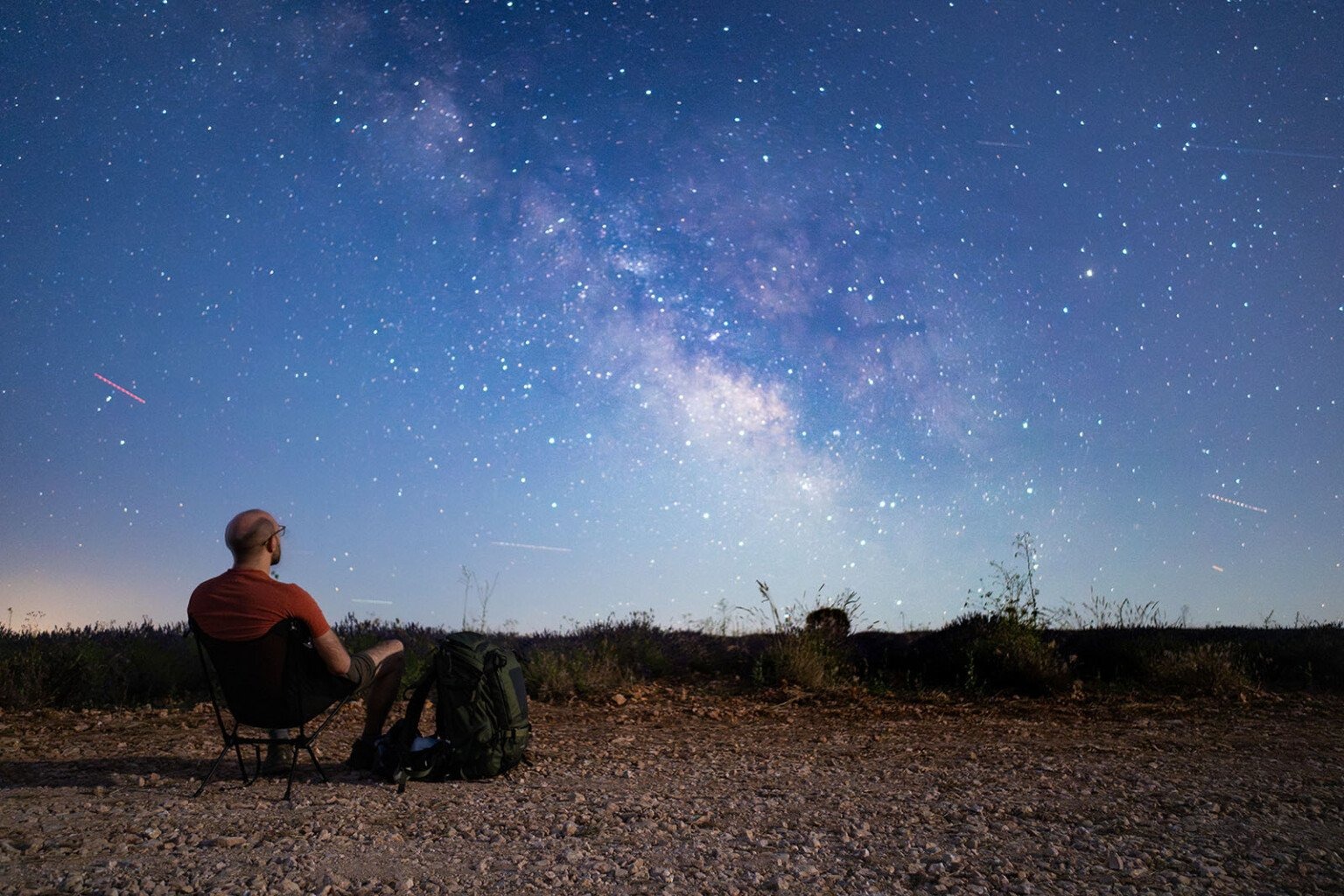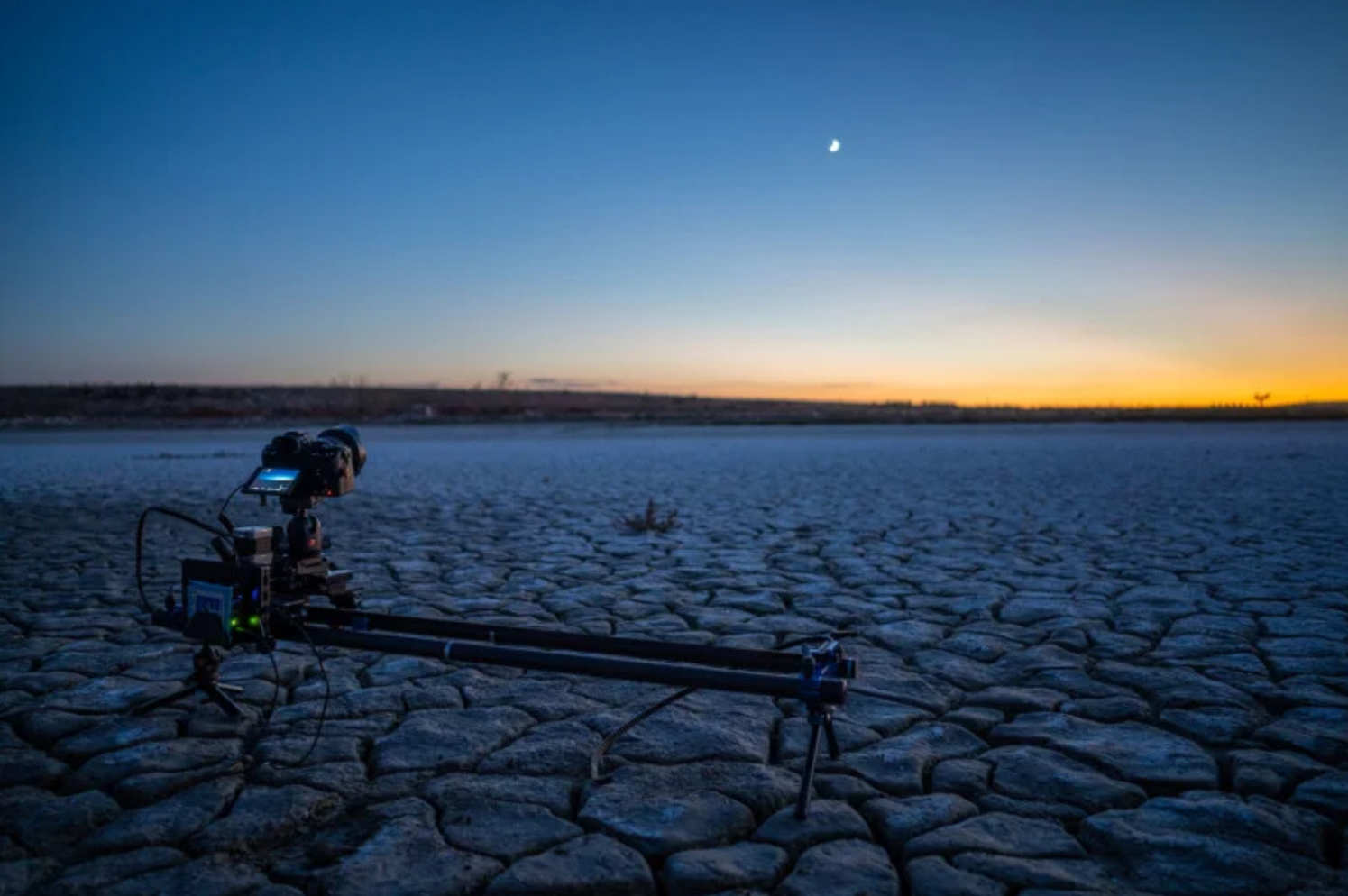Italian photographer Mattia Bicchi has spent 10 years creating spectacular 8K time-lapses of the Milky Way. His new selection, which brings together ten of the best astrophotographs in a 13-minute video, shows his skill and patience, which he considers the most important prerequisite for a successful work.
Time-lapse photography is a complicated process, especially at night when each frame takes more time and you have to take multiple frames for each second of video. Early in his career, the astrophotographer was often in a rush, which led to mistakes and lost nights.
Bicchi also stresses that shooting with others – friends, photographers or family – is much more fun. Although he loves spending time alone under the stars, the shared experience makes the night sky even more exciting.

Photographing the Milky Way presents challenges depending on the time of year. In winter, Bicchi is exposed to the cold, and in summer to disruptive lighting from people and flashlights. In addition, the Milky Way’s position in the sky changes throughout the year, affecting the way it is photographed. In the Northern Hemisphere, the core of the Milky Way can be seen from March to September, when its angle of inclination changes. These factors must be considered when choosing a location for photography.
Despite successes and collaborations with clients such as Netflix, BBC, Ford and Amazon, Bicchi is eager to improve. He plans to use the motion control slider and pull focus techniques, as well as invest in new lenses and learn more about post-production. He also intends to work more with a star tracker to achieve more dynamic movements in his works.

The photographer plans to visit the Canary Islands, New Zealand and Norway, where he hopes to capture the aurora. His favourite locations include the lake region south of Toledo in Spain, Zafra Castle and the Durdle Door rock formation in England.
Bicchi continues to explore the night sky and its various manifestations, creating stunning time-lapses that reveal the beauty of the universe.
We previously showed a record-breaking time-lapse of an exoplanet.
According to PetaPixel



